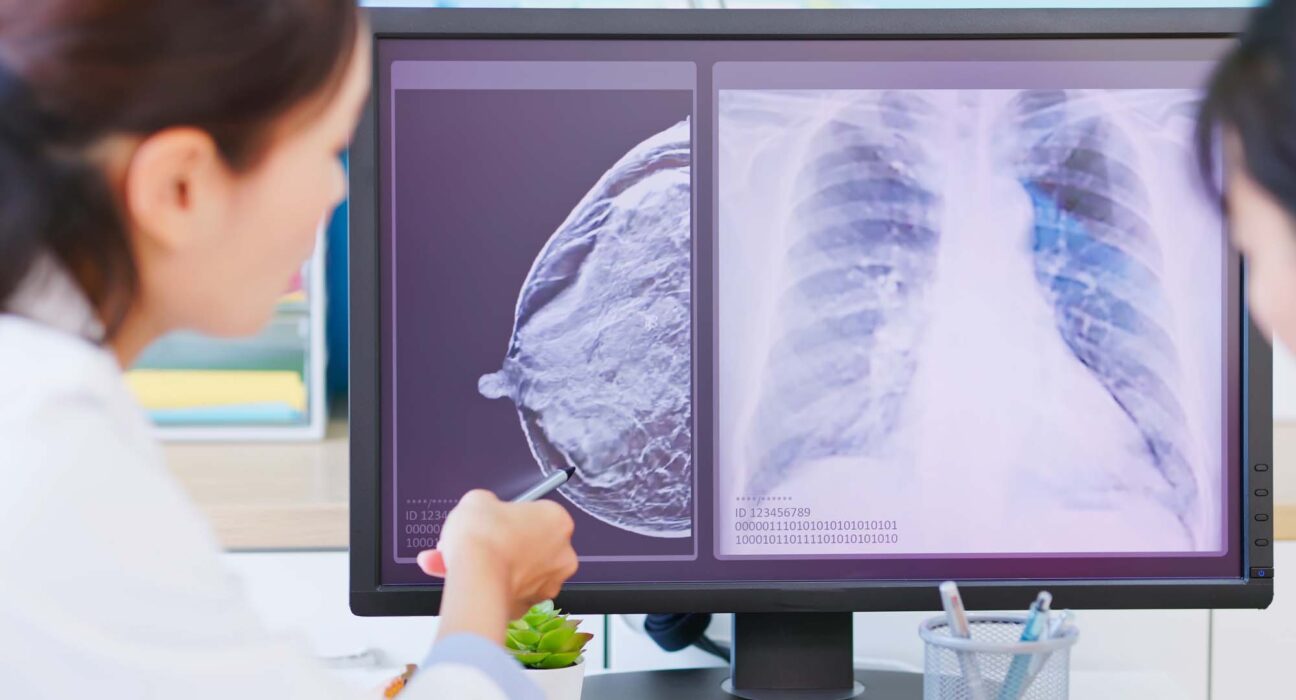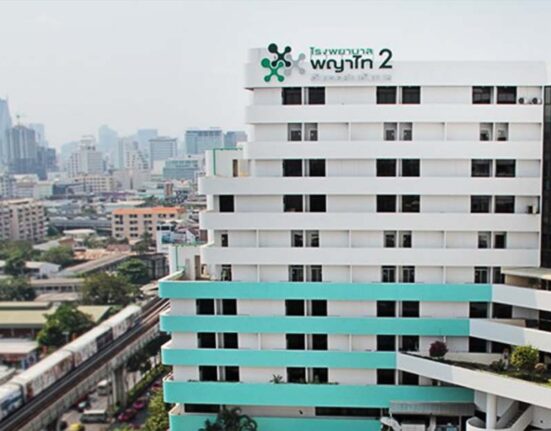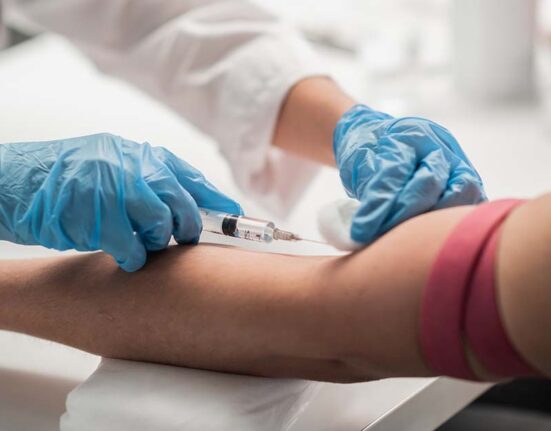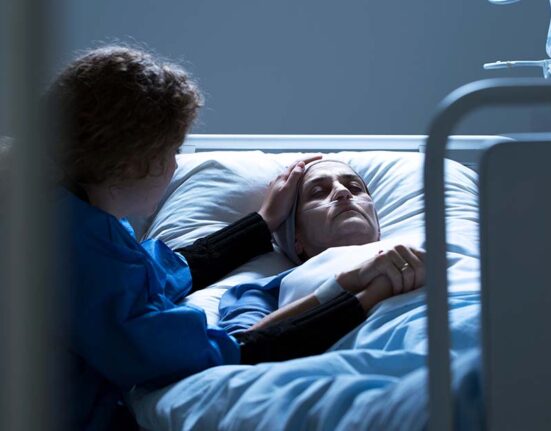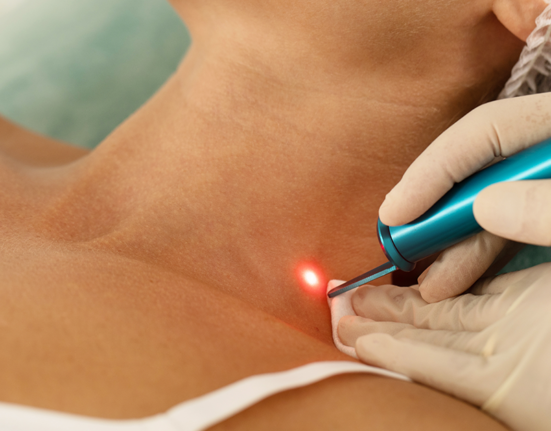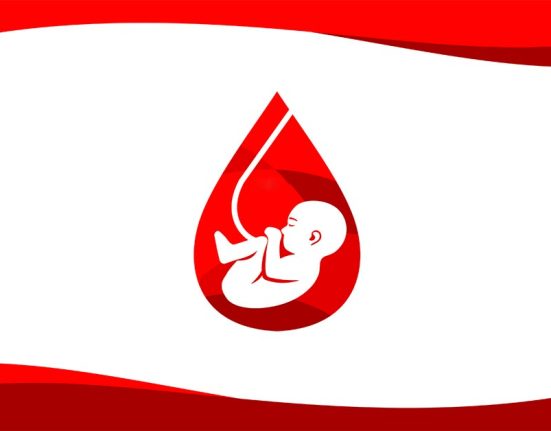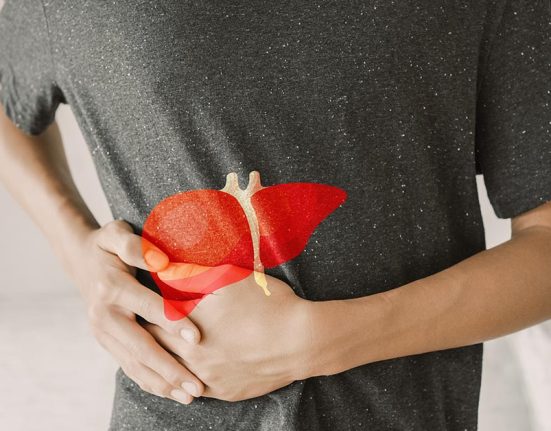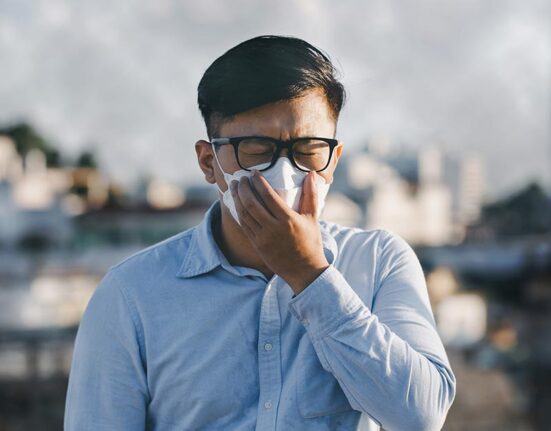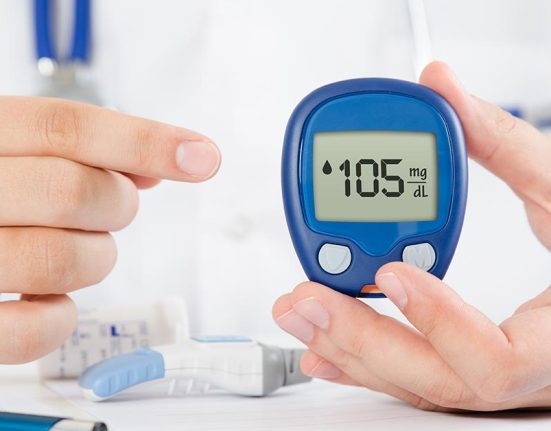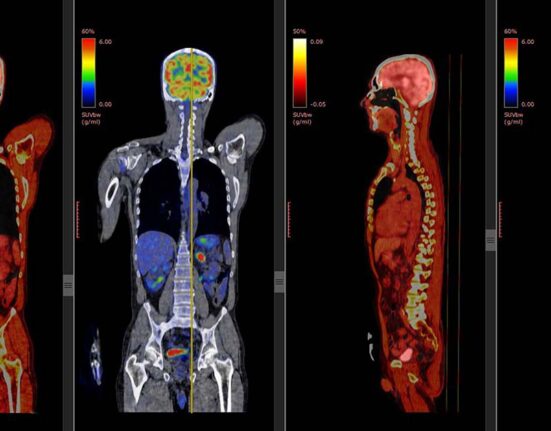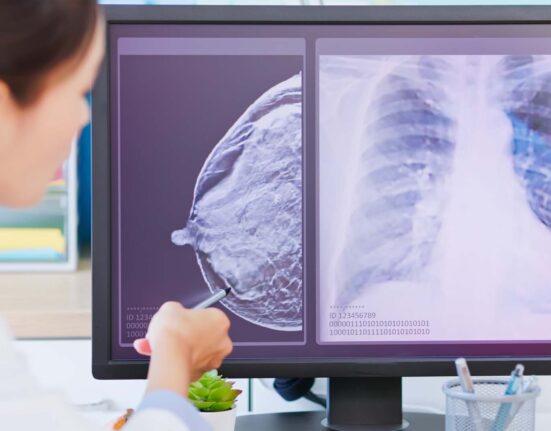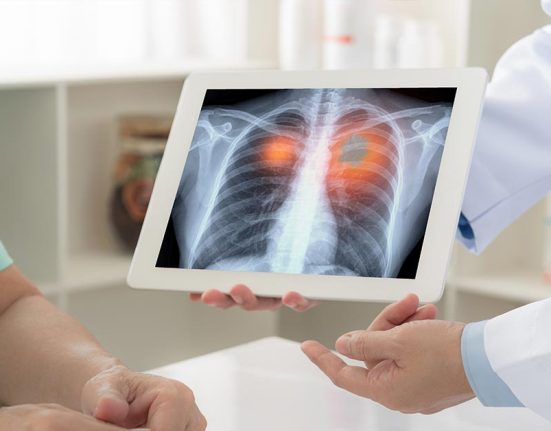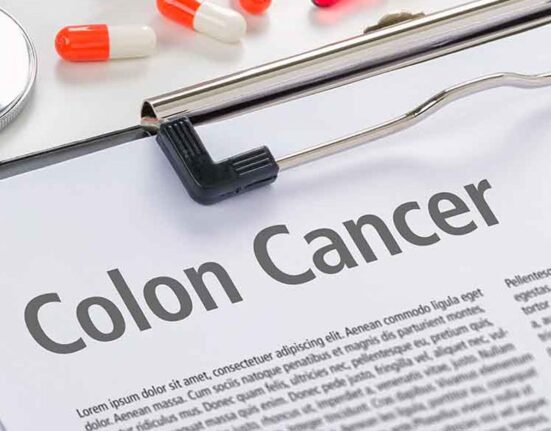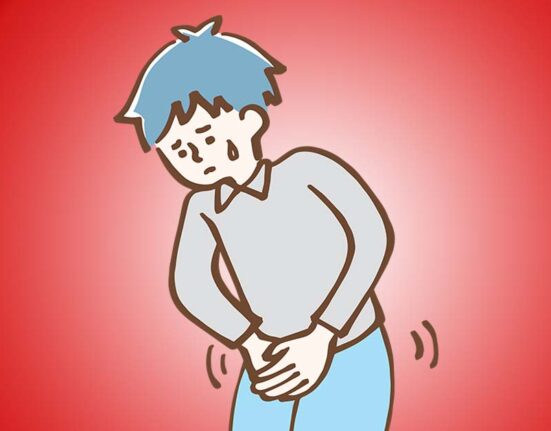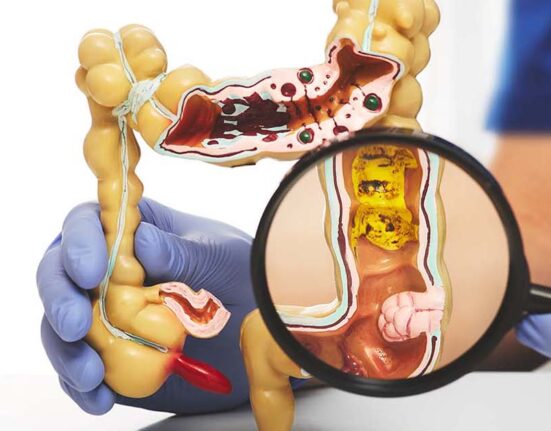In this article, we will discuss the diagnosis, assessment, and the options for breast cancer treatments in Singapore. As a start, monthly DIY breast self-examinations can be considered a first line of defence against breast cancer as it enables early detection. Diagnostic procedures carried out by doctors are needed for more in-depth tests.
Breast Cancer Diagnosis
Mammogram
A mammogram is an X-ray imaging tool that is among the most reliable screening technologies for breast cancer detection. It can detect calcium deposits and early tumours that cannot be felt by hand, or detect lumps in the breast that can later develop into cancerous tumours. Mammograms are recommended for women above the age of 50 once every 2 years. All women between 40-49 years of age are also encouraged to consider a yearly mammogram after discussing the risks and benefits about doing mammogram with a doctor.
Tomosynthesis
Standard mammography may not show some tumours that are hidden by overlapping or dense breast tissue (about 10% of breast cancers). Using low dose X-rays to take mammogram images of the breast and showing only a few layers of the breast at a time, Tomosynthesis (3D mammography) can achieve a higher accuracy of cancer detection and lower false positive cases.
Other forms of screening for breast cancer include ultrasound and MRI.
Biopsy
If breast cancer screen discovers an abnormality, a biopsy may be required to confirm if the abnormality observed is benign or cancerous. A small sample of breast tissue or cells will be removed during biopsy for examination under a microscope. Doctors may recommend different biopsy procedures depending on the location of the abnormality.
Breast Cancer Assessment
Breast cancers may be classified into the following stages following biopsy and assessment:
Stage 0: Non-invasive (Average 5-year Survival Rate of 99%);
Stage I: Small invasive cancer (less than 2cm without spreading to the axillary lymph nodes) (Average 5-year Survival Rate of 90%);
Stage II: Invasive cancer (between 2 – 5cm or/with lymph nodes invasion) (Average 5-year Survival Rate of 70%);
Stage III: Large invasive cancer (more than 5cm with skin invasion or spread to multiple lymph nodes) (Average 5-year Survival Rate of 40%);
Stage IV: Widespread or metastatic cancer (Average 5-year Survival Rate of 20%);
Specific characteristics of patients themselves and their breast cancer will affect their actual survival experience, and will also impact the choice of treatments for their cancer.
What are the Options for Breast Cancer Treatment in Singapore?
There is no single best breast cancer treatment, and the choice of treatment or combination of treatments will depend on the specifics of each case.
Surgery
The most common breast cancer treatment is surgery, for which there are two types. Firstly, there is (i) Lumpectomy, where the lump and some healthy tissue (possibly some lymph nodes as well) around it are removed, but the breast is preserved. On the other hand, (ii) Mastectomy involves the removal of the entire breast (may also include removing the lymph nodes in the armpit and the chest wall muscles). Mastectomy is required when the cancer is found in numerous parts of the breast or if the cancerous area is large.
Oncoplastic breast surgery combines the traditional breast conserving surgery with the cosmetic advantages of plastic surgery. These improved surgical techniques allow ladies the options of conserving their breast and reducing the need for mastectomy in those who had otherwise had to go for mastectomy. Do speak to your doctor if you are a suitable candidate for this type of breast cancer surgery.
Chemotherapy
Another form of treatment for breast cancer is chemotherapy. This involves the use of drugs (administered orally or by injection) to destroy the cancer cells. Chemotherapy can cause side-effects but these can be mitigated with appropriate measures to reduce their impact. Chemotherapy is carried out in cycles alternating between treatment periods and recovery periods.
Radiotherapy
A form of treatment that is often recommended together with patients who have completed lumpectomy. Patients who had undergone mastectomy may sometimes need to have radiotherapy after their surgery. This is where high-energy x-rays are directed close to the operation site to reduce the risk of local recurrence. Patients undergoing radiation therapy may also experience side effects.
Hormonal therapy
This is a form of cancer treatment that works by preventing access to hormones that cancer cells need in order to grow. This can be achieved via drugs to change the way the hormones function, or surgical removal of the ovaries that produce the hormones. Hormonal therapy can cause patients side effects too.
[Updated 18 Oct 22]

Protect against cancer, cardiovascular disease, and other chronic diseases with regular health screening. Compare and shop for health screenings from Singapore and regional healthcare providers at a single convenient platform - shop.health365.sg
This article is informative only and is not intended to be a substitute for professional medical advice, diagnosis, or treatment, and should never be relied upon for specific medical advice.







